 We look at hundreds of objects each and every day, but how often do we truly look at them, examine them, or use them to gather new information? Well, aside from our smart phones, tablets, and other hand held devices that is. From the ordinary to the extraordinary, objects can be “read” in the same way we would read a book. Through careful observation and examination, we can find previously unnoticed details that provide clues about age, materials, use, culture and more.
We look at hundreds of objects each and every day, but how often do we truly look at them, examine them, or use them to gather new information? Well, aside from our smart phones, tablets, and other hand held devices that is. From the ordinary to the extraordinary, objects can be “read” in the same way we would read a book. Through careful observation and examination, we can find previously unnoticed details that provide clues about age, materials, use, culture and more.
In preparation for a new school program, several of us tried this exercise recently. Take a look at these woven objects. At first glance, what do you think they are?
Now, take another look:
Does changing the orientation also change how you interpret them? For the object on the right, the one with no decoration, it reminded us of a fruit basket. Look inside.  Once we have a clearer view, we can see that there is a support for a person to wear this on their head. This hat is from the Philippines and was designed to be lightweight for the wearer but also to protect from the sun.
Once we have a clearer view, we can see that there is a support for a person to wear this on their head. This hat is from the Philippines and was designed to be lightweight for the wearer but also to protect from the sun.
The geometric patterned object, at left and center above, is also a hat. This is a woman’s basketry cap from the Klamath tribe, native to Northern California and Oregon. However, the familiarity of its woven shape can easily be interpreted as either a basket or a hat. http://natural-history.uoregon.edu/collections/web-galleries/klamath-river-basin-basketry-caps
The last object, the colorful, geometric patterned object has another familiar shape. According to our records, it comes from either Rwanda or Burundi in Africa. When the object first entered the Museum’s collection, it was categorized as “a hat.” But with further research, an intern found that it may actually be the lid to a basket. http://www.davidrumsey.com/amica/amico201168-10770.html
I’ll let you decide. Let me know what you think!






I like this approach to problem solving as well. Sometimes I’ll turn my problem “upside down” and find a brand new approach to the solution – looks like a hat, but aha! it’s a basket! Thanks Rachel!
Hello.
The hat from Philippines, looks like for me a pith helmet ¨Colind¨hat from British India. 19th century.
I own one.
It could also be from the Philippines, but I don’t think so.
Cheers .